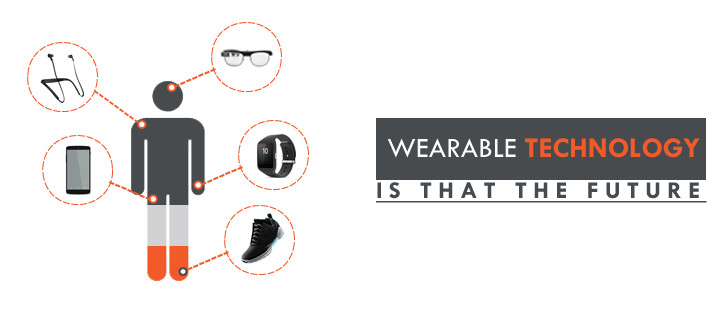
Wearable technology has evolved rapidly over the last decade, moving from simple fitness trackers to advanced smartwatches, AR glasses, and health-monitoring devices. What once seemed futuristictracking heart rates, monitoring sleep cycles, or accessing virtual reality on the go, has now become part of daily life. But as innovation accelerates, the future of wearable technology promises to bring even more exciting possibilities that will reshape health, communication, entertainment, and work.
From Fitness Trackers to Health Guardians
The earliest wearable devices, like pedometers and step counters, focused primarily on fitness. Today’s wearables go far beyond tracking steps they monitor blood oxygen levels, ECGs, sleep patterns, and stress levels.
In the future, wearable devices will act as personal health guardians:
- Continuous monitoring of chronic conditions such as diabetes, hypertension, or heart disease.
- Predictive healthcare, where AI algorithms detect early warning signs of illness before symptoms appear.
- Integration with telemedicine, allowing doctors to receive real-time data from patients’ devices.
These advancements could revolutionize healthcare by shifting the focus from treatment to prevention and early intervention.
Smartwatches: The New Mini-Computers
Smartwatches are quickly evolving from simple notification hubs into mini-computers on your wrist. The next generation will feature:
- More powerful processors for advanced apps and multitasking.
- Extended battery life through solar charging and energy-efficient designs.
- Deeper integration with AI, providing personalized recommendations for productivity, fitness, and lifestyle.
- Contactless payments and digital IDs, making them essential tools for everyday life.
Soon, your smartwatch could replace your wallet, keys, and even your smartphone.
AR Glasses and the Next Reality
Perhaps the most exciting development in wearable tech is the rise of augmented reality (AR) glasses. Companies like Apple, Meta, and Google are racing to bring AR eyewear into mainstream use.
AR glasses could:
- Overlay navigation directions directly onto the streets you’re walking.
- Display real-time translations while traveling abroad.
- Transform shopping with virtual try-ons for clothes, accessories, or even furniture.
- Enhance workplaces with remote collaboration tools and 3D visualizations.
With AR, the line between the digital and physical worlds will blur, opening doors to entirely new industries and experiences.
Wearable Technology in Fashion and Lifestyle
Future wearable devices will not only be smart but also stylish and customizable. Collaborations between tech companies and fashion brands are already underway, producing wearables that blend seamlessly with everyday outfits.
Expect:
- Smart fabrics that adjust temperature and track vital signs.
- Digital jewelry with embedded sensors.
- Eco-friendly materials and designs supporting sustainable fashion.
Wearable technology will become less about gadgets and more about lifestyle and personal identity.
Workplace and Productivity Wearables
Beyond personal use, wearable devices are entering the workplace. In industries like construction, healthcare, and logistics, wearables improve safety, efficiency, and communication.
- Smart helmets can provide workers with real-time hazard alerts.
- Wearable AR headsets can train employees through immersive simulations.
- AI-powered productivity trackers can help businesses optimize workflows.
In the future, wearables will become standard tools in the digital workplace, enabling remote collaboration, training, and safety management.
Challenges Ahead
While the future of wearable technology is promising, it comes with challenges:
- Privacy concerns over continuous health and location tracking.
- Battery limitations, as more advanced features demand more power.
- Affordability, as next-gen wearables may remain expensive at launch.
Addressing these challenges will be key to ensuring widespread adoption.
Conclusion
The future of wearable technology is about more than gadgets, it’s about creating a connected lifestyle where health, work, and entertainment seamlessly blend into daily life. From smartwatches that replace smartphones to AR glasses that redefine reality, wearable devices are set to become indispensable in the digital age.
As innovation continues, wearables will not only enhance convenience but also empower people to live healthier, safer, and more connected lives. The future is wearable, and it’s already unfolding on our wrists, eyes, and even in our clothes. Also read about 5G Technology.
